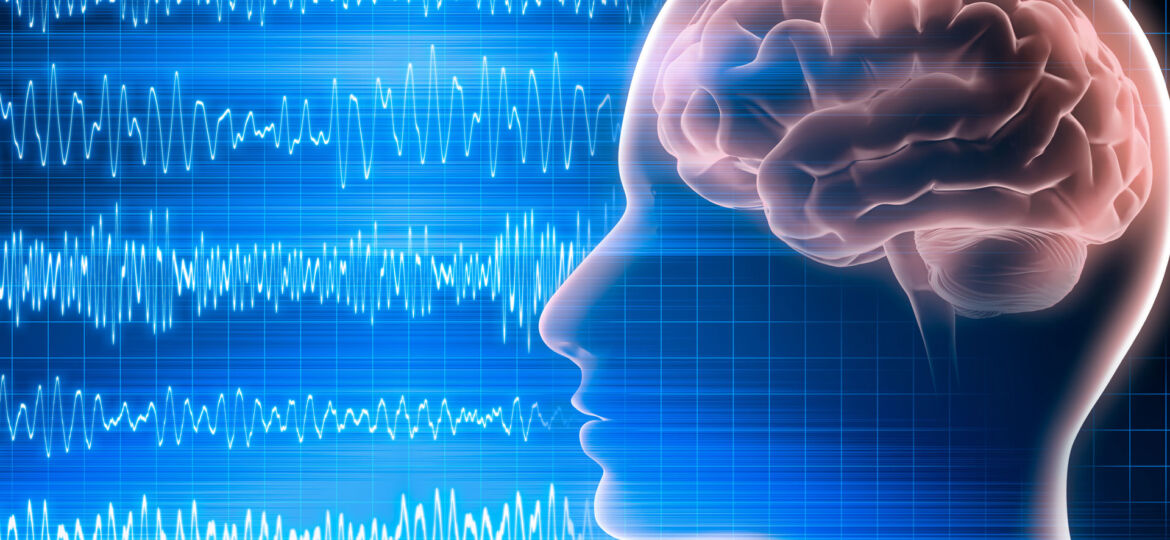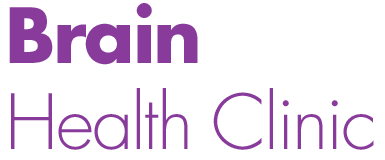
In an effort to save on cost, many patients skip an important part of the neurofeedback treatment process — the qEEG or Quantitative Electroencephalogram. The qEEG process is called quantitative electroencephalography, or simply brain mapping. Why is brain mapping important and how does it help both the therapist and patient to have a better experience with neurofeedback?
The Importance of Brain Mapping
Analyzing a qEEG is a demonstrated method for getting an accurate view of brain performance. For example, many qEEG studies across multiple sports disciplines demonstrate that the brain activity of high-performing athletes is different in specific ways from the brain activity of non-athletes or lesser-performing athletes. qEEG is so accurate in detecting differences in brain performance that scientists can use brain maps to predict which athletes will do better in upcoming competitions.
Given that qEEG brain mapping works, how does it help the ordinary neurofeedback patient? Let’s consider a specific problem that is common to many clients at the Brain Health Clinic — anxiety. In almost every athletic study performed with qEEG mapping, the researchers found that athletes with better control over their anxiety experienced better game day performance. Therefore, we know what a brain map looks like when a patient has control over their anxiety responses. Conversely, we can also use a brain map to diagnose a patient with anxiety disorders. The brain map therefore creates a visual and data image of a patient’s brain activity at a moment in time.
In this sense, the brain map is the psychological equivalent of a medical doctor’s comprehensive blood test. Just as a blood test can tell your doctor about various factors that may affect your health, a brain map informs the therapist about areas where your brain is not working to full capacity in comparison to brain maps of healthy and high-performing individuals. From this analogy, you can see that performing a qEEG allows your therapist to plan a course of treatments that is more efficient and effective.
Promoting Efficient Neurofeedback Sessions
The number of sessions necessary to promote improvements in brain function differ based on the goals of the client, the commitment of the client to the therapy protocol, and the response of the client’s brain to neurofeedback therapy. Without a brain map, it takes a number of sessions just to determine the best course for the therapy. With a brain map, the therapist has a clear indication of the areas of brain function that require improvement. Thus, they can immediately dial in the therapy to address those deficiencies. So, while a qEEG procedure does have an associated cost, part of it is recovered by reducing the number of sessions necessary to start seeing significant improvement with neurofeedback.
For more information on qEEG brain mapping (also abbreviated as QEEG), contact Sacramento’s Brain Health Clinic for a free consultation.
